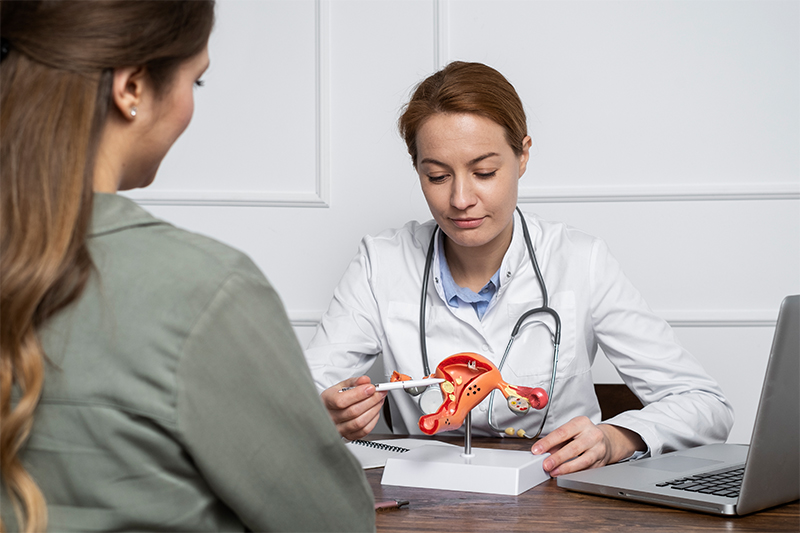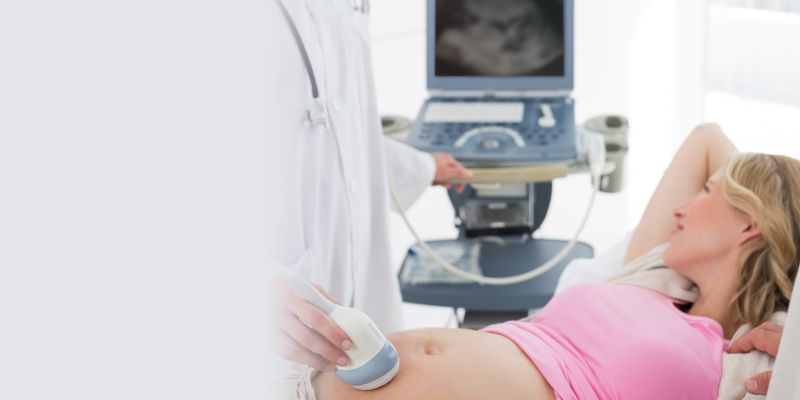Author – Dr. Thejaswini J. MBBS, MS (OBG)
Consultant – Obstetrician and Gynaecologist at Motherhood Hospitals Electronic City, Bangalore
Childbirth is one of life’s most remarkable experiences, and vaginal delivery remains the most common method of bringing new life into the world. Let’s explore the various types of vaginal birth delivery and what makes each unique.
Spontaneous Vaginal Delivery (Normal Delivery)
The most common type of vaginal delivery process is spontaneous vaginal birth, often called normal delivery. During this process, labour begins naturally, and the mother’s body guides the baby through the birth canal with minimal medical intervention. The mother actively participates by pushing during contractions, working with her body’s natural rhythms.
The normal vaginal delivery typically progresses through three stages:
- Early labour and active labour, where contractions help dilate the cervix
- The pushing phase, where the mother actively works to deliver the baby
- Delivery of the placenta, completing the birth process
Assisted Vaginal Delivery
Sometimes, even during a planned normal delivery, mothers might need additional help. In assisted vaginal birth, healthcare providers may use specialized instruments to guide the baby through the birth canal. This might happen if:
- The mother becomes too exhausted to push effectively
- The baby’s position needs a slight adjustment
- There are concerns about the baby’s heart rate
- The pushing phase is taking longer than expected
Water Birthing
Interesting Fact:
Water buoyancy reduces pressure, making it easier for the baby to descend without excessive force.
An increasingly popular option for vaginal birth is water birthing, where mothers labour and deliver in a specially designed birth pool. The warm water can help with:
- Pain management
- Relaxation during contractions
- Buoyancy to assist movement
- Gentle transition for the baby
Vaginal Birth After Caesarean (VBAC)
Many women who have previously had a cesarean section can successfully have a vaginal delivery in subsequent pregnancies. Although careful medical evaluation and monitoring are essential, VBAC success rates are encouraging. This option offers several benefits:
- Shorter recovery time
- Lower risk of surgical complications
- Enhanced bonding opportunities
- Easier breastfeeding initiation
Natural Vaginal Delivery
Some mothers choose to have a completely natural vaginal birth without any pain medication or interventions. This approach focuses on:
- Using breathing techniques
- Employing various labour positions
- Utilizing massage and water therapy
- Working with birth partners or doulas
Epidural-Assisted Vaginal Delivery
Many women opt for pain relief during their vaginal delivery process. An epidural allows mothers to:
- Remain alert and aware during labour
- Rest between contractions
- Conserve energy for pushing
- Participate actively in the birth while managing pain
Must-Know Factors for a Smooth Delivery
Regardless of the type of vaginal birth chosen, several factors remain crucial:
- Regular prenatal care and education
- Open communication with healthcare providers
- Flexibility with birth plans
- Understanding potential complications
- Being prepared for unexpected changes
Preparation for Vaginal Birth
Success in vaginal delivery often depends on proper preparation:
- Attending childbirth classes
- Practicing relaxation techniques
- Maintaining good physical condition
- Understanding the stages of labour
- Building a support system
Recovery After Vaginal Birth
Recovery from normal vaginal delivery typically proceeds faster than cesarean recovery. Most mothers can:
- Walk shortly after delivery
- Resume basic activities within days
- Experience shorter hospital stays
- Begin bonding immediately with their baby
Conclusion on Safe Vaginal Birth
Each type of vaginal birth delivery offers unique benefits and considerations. The key is working with healthcare providers to determine which approach best suits individual circumstances and preferences. Remember, while having a birth plan is important, remaining flexible and open to changes ensures the safest possible outcome for both mother and baby.
Remember to discuss your preferred delivery method with your healthcare provider. They can offer personalized advice based on your specific situation and medical history.
Motherhood Hospitals is home to top gynaecologists in Bangalore, offering advanced care for high-risk pregnancies, complex deliveries, and laparoscopic gynaecological surgeries. With state-of-the-art infrastructure and a team of super specialists, we ensure the best outcomes for both mother and baby.
Book an appointment with the best maternity hospital at a centre closest to you. If you wish to get in touch with Dr. Thejaswini J, please book your appointment here or call us at 96203 – 96203.
Maintaining gynaecological health is a cornerstone of overall well-being. Our specialised women’s calculators are designed to provide personalised insights, helping you stay informed and proactive.


 Toll Free Number
Toll Free Number
















